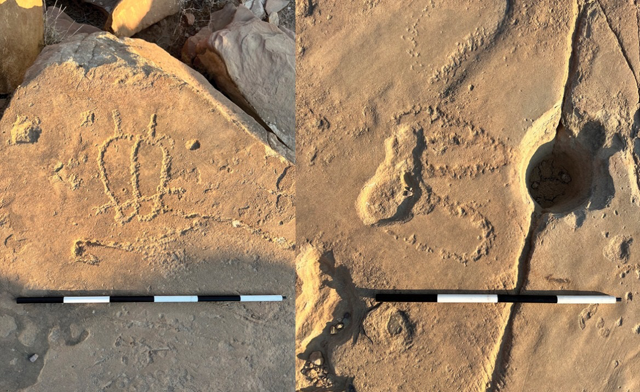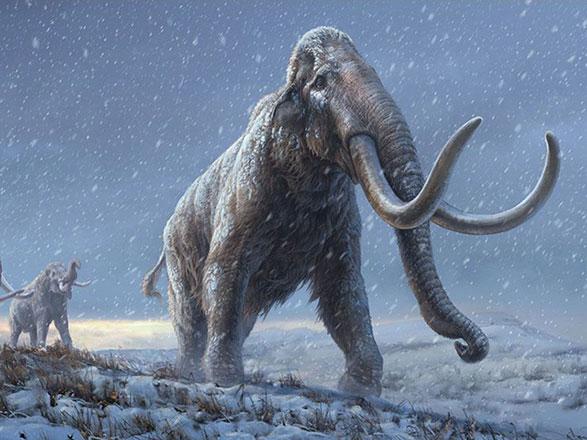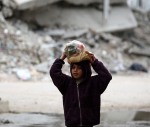You are here
Climate change threatens Greenland’s archeological sites — study
By AFP - Jul 11,2019 - Last updated at Jul 11,2019

In this handout photo taken on August 14, 2016, and released by the National Museum of Denmark on Wednesday (AFP photo)
COPENHAGEN — In Greenland, climate change isn't just a danger to ecosystems but also a threat to history, as global warming is affecting archeological remains, according to a study published on Thursday.
There are more than 180,000 archaeological sites across the Arctic, some dating back thousands of years, and previously these were protected by the characteristics of the soil.
“Because the degradation rate is directly controlled by the soil temperature and moisture content, rising air temperatures and changes in precipitation during the frost-free season may lead to a loss of organic key elements such as archaeological wood, bone and ancient DNA,” the report, published in the scientific journal Nature, stated.
The team behind the study, led by Jorgen Hollesen, has been examining seven different sites around the vast Arctic territory's capital Nuuk, since 2016.
In addition to organic elements, such as hair, feathers, shells and traces of flesh, some of the sites contain the ruins of Viking settlements.
Projections used in the study, which are based on different warming scenarios, predict that average temperature could increase by up to 2.6ºC, leading to “higher soil temperatures, a longer thaw season, and increased microbial activity within the organic layers”.
“Our results show that 30 to 70 per cent of the archaeological fraction of organic carbon [OC] could disappear within the next 80 years,” Hollesen told AFP.
This means that these remains, some of which provide a unique insight into the lives of the first inhabitants of Greenland from around 2,500BC, are at risk.
When comparing their findings with previous surveys of the sites they found evidence of degradation already ongoing.
“At some sites we did not find any intact bones or pieces of wood, suggesting that these have disintegrated within the last decades,” Hollesen said.
Hollesen added that remains of organic material are being broken down by microbes, but their activity could be slowed down if precipitation increased.
“More rainfall would be good and less rainfall, bad," he said explaining that "if the organic layers remain wet less oxygen will be available for the microbes that degrade the organic materials”.
In other Arctic regions, such as Alaska, hundreds of ancient artifacts have recently emerged as the permafrost, the layer of earth that is frozen all year, thaws due to rising temperature
Related Articles
By Johannes LedelAgence France-PresseABISKO, Sweden — Sheltered by snow-spattered mountains, the Stordalen mire is a flat, marshy plateau, p
AMMAN — Umm Huwaiwitat is located near the western end of the Wadi Al Ghurab, approximately 800 metres east of where the wadi spills off the
Teeth from mammoths buried in the Siberian permafrost for more than a million years have yielded the world's oldest DNA ever sequenced, according to a recently published study, shining the genetic searchlight into the deep past.


















